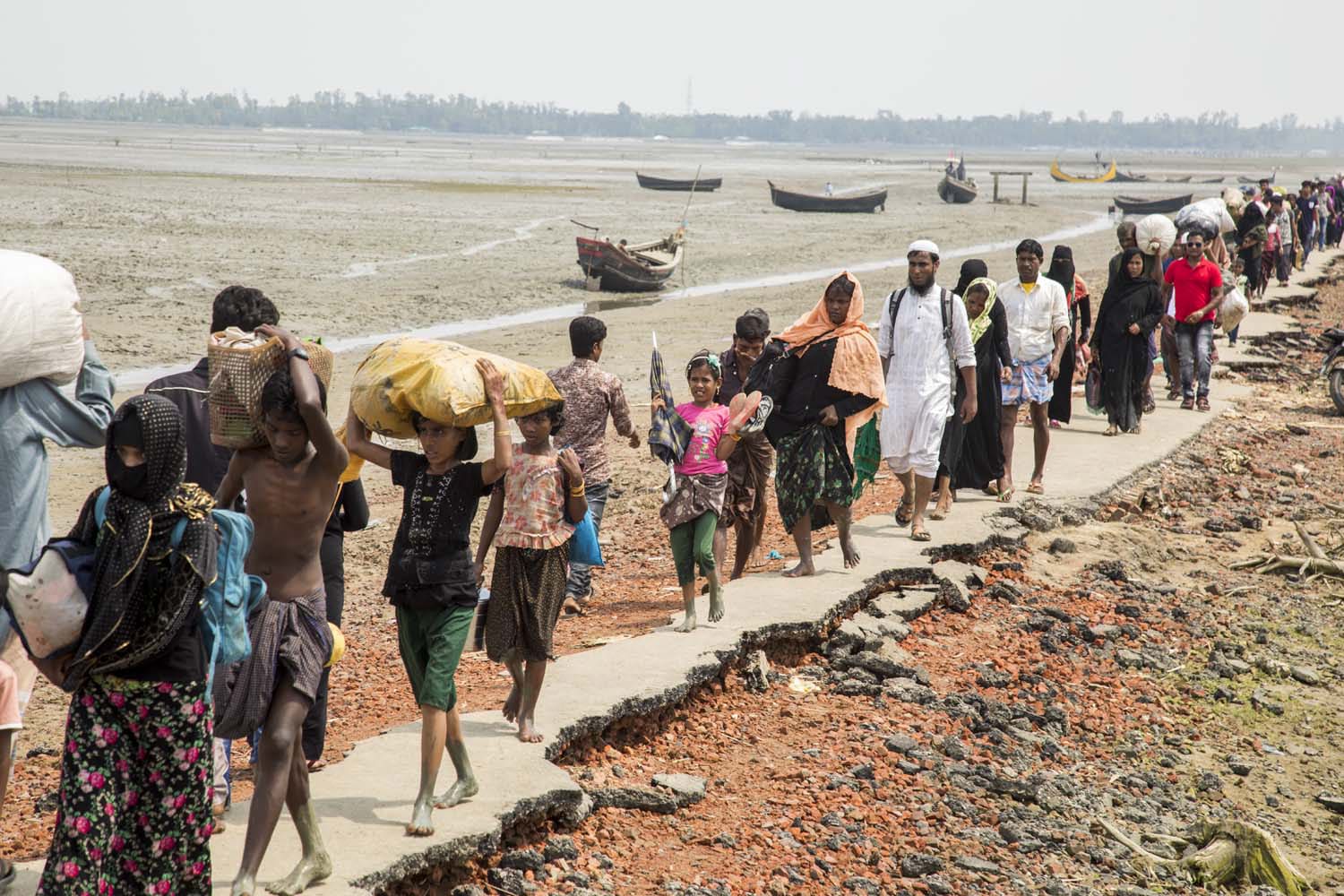
What WFP Delivers: General Food Distribution
When the most vulnerable people don’t have enough food to meet their basic needs, what does the World Food Programme (WFP) do?
The answer is surprisingly complex. But on the most basic level, you can find the answer embedded within the organization’s acronym: “We Feed People.”
Ever since the agency’s founding, the distribution of food has been a cornerstone of WFP’s mission. While the circumstances may vary—a natural disaster hits, farmers run out of food before their next harvest, conflict displaces people from their homes–WFP’s assistance aims to fill the gap when people find themselves cut off from their normal sources of sustenance and nutrition.
WFP’s food assistance includes basic staples like grain and beans shipped from the U.S. to prevent malnutrition and meet basic caloric needs. There are usually two ways food is distributed: Food is either provided to everyone in a geographic area or camp (known as blanket distribution) or provided to specific individuals or groups considered particularly vulnerable (targeted distribution).

WFP/Guido Dingemans. Emergency food is distributed to the community of Macunene in the Gaza province of Mozambique.
WFP Delivers Food to Refugees in Bangladesh
General food distribution is particularly important for individuals and families displaced by violence. WFP is now responding to the urgent food needs of tens of thousands of hungry people arriving in the Cox’s Bazar district of Bangladesh as they flee violence and unrest in Myanmar’s Rakhine State. They are known as Rohingya, a Muslim ethnic minority group.

WFP/Saikat Mojumder. Thousands of people cross the border from Myanmar to Bangladesh near Teknaf.
As Rohingya refugees arrive exhausted and hungry, WFP is providing them with nutritious High-Energy Biscuits until they are registered to receive regular food rations.
Since being registered, hundreds of thousands of people have received warm meals—khichuri, a South Asian comfort food made with rice and lentils—through community kitchens operated by WFP’s partner Action Against Hunger. WFP provides the rice.
As of last Friday, WFP had reached at least 385,000 Rohingya refugees with food assistance. Together with its humanitarian partners, WFP is feeding more than 50,000 people daily in the area.
“The situation is dire and WFP is on the frontlines trying to reach people as quickly as possible,” said WFP spokesperson Bettina Luescher.
When disaster strikes, conflict erupts or famine looms the world turns to WFP to provide lifesaving aid. And YOU can make a lifesaving difference.




